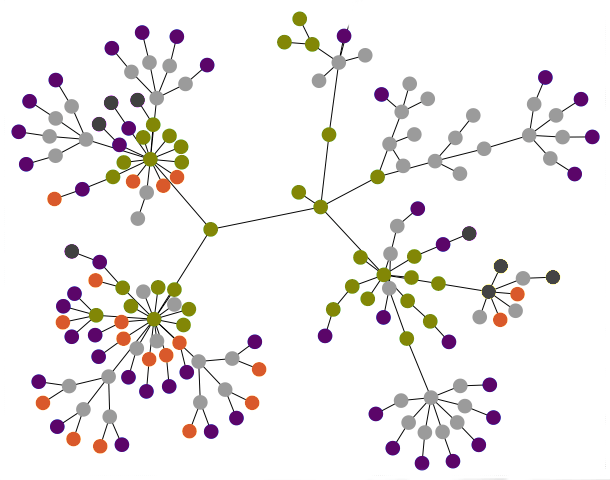
MAPPING INDIGENOUS LITERATURE
Maps
There is a long tradition of Native American and Indigenous communities engaging with European print culture since that technology was brought to the Americas over 500 years ago; Native people have engaged with print as authors, editors, illustrators, bookbinders, and printers. This utilization of new technologies was not the beginning of Indigenous theorizing. Rather, it was and remains an extension of the theory-making and knowledge dissemination which Indigenous peoples have engaged in since time immemorial.
The Collection of Native American Literature comprises a network of Native writers engaging with one another across place and time. Authors and their texts meld and clash in ways which capture the complexity, breadth, and diversity of Indigenous thought and theory throughout Turtle Island. For this project, we began with the Native nations who are our closest neighbors. We hope to add future maps and texts as we develop collaborations and relationships.
Why Maps?
Leveraging standard library cataloging, which includes a statement of the Place of Publication (260 field), this project intervenes in traditional Library and Information Science practices to better represent the situated-knowledge of Indigenous writing. Specifically, we work with mapping tools to locate and situate the place-based knowledges which we steward within this collection.